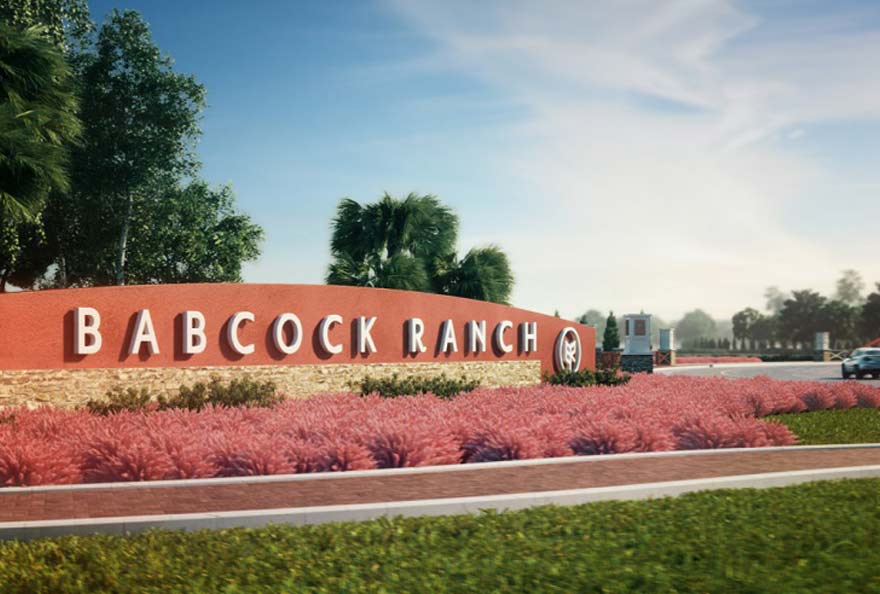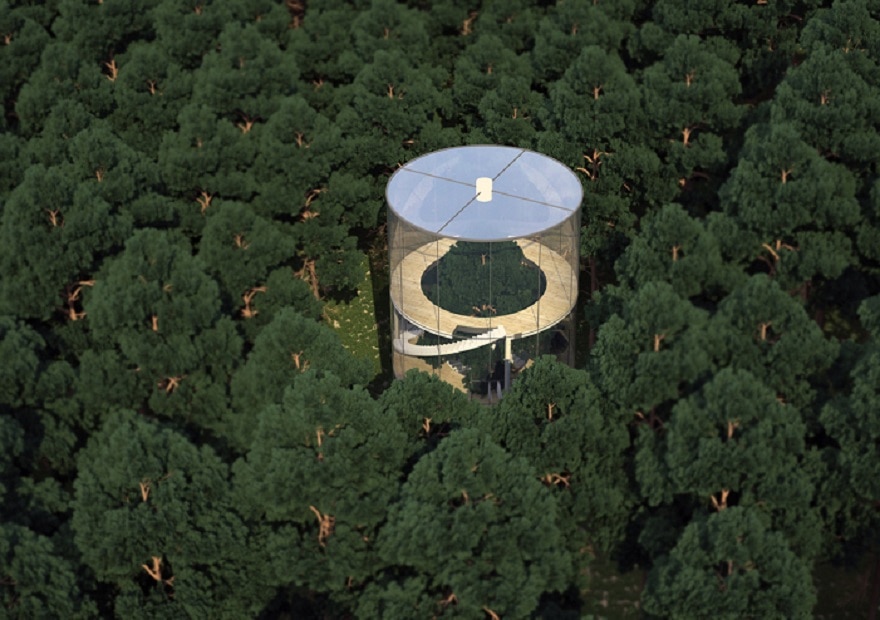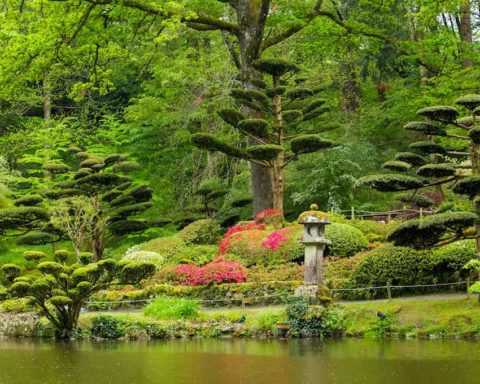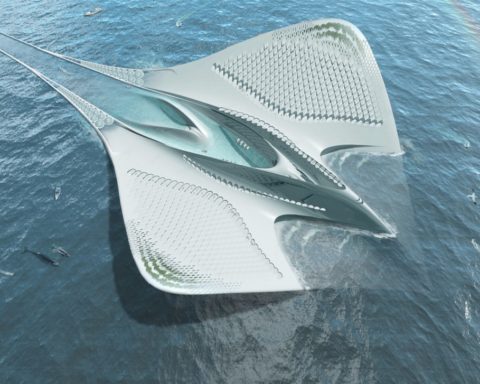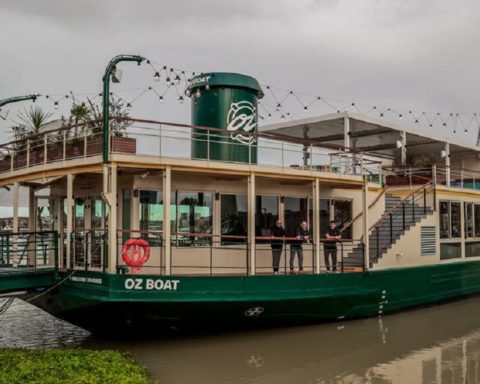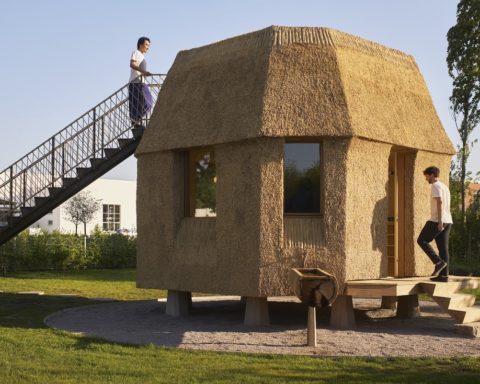Nothing better than Florida to launch the construction of a city powered entirely by solar energy! It will be the first green city in the United States capable of accommodating 50,000 people by the beginning of next year. "Babcock Ranch" - that's its name - will have 1100 housing units for this first phase of construction, all certified as respecting sustainable development criteria by the Florida Green Building Coalition. Moving in early 2017!
« Os a new city is being created, our mission is to prove that sensible growth and environmental protection can go hand in hand. says Syd Kitson, the creator of this green city in southwest Florida. Syd Kitson was originally a professional football player who bought an acreage the size of Manhattan in 2006 from Edward Babcock, a lumber magnate and Pittsburgh politician, after historically belonging to the McAdow family.
Kitson has reached a $350 million agreement with the State of Florida and Lee County for the largest single land preservation agreement in the state's history. The agreement preserved 74,000 acres of the property, with continued ranching operations, and provided Kitson with the 17,000 acres it needed for development.

Syd Kitson
With more than 500 trees already planted, the city is now 70 % complete. Rather than building yet another residential area or a housing estate far from the city centre, the contractor decided to build a completely ecological city, with all the necessary amenities: a public school, an area with shops and restaurants, a wellness centre, a local produce market, hiking trails and lakes, ...
Apartments and houses are designed for occupants of all ages, at prices ranging from $200,000 to $800,000, according to Syd Kitson, or approximately €174,000 to €697,000.
The styles of the houses have been carefully thought out, presenting timeless architectural forms that encourage social interaction and a strong sense of community. Architectural styles ranging from "Craftsman", "Farm", "Coastal Gulf", "Spanish" and "Colonial Antiquity" / Western, all originating from the regional styles of Southwest Florida are represented. The deep porches located near sidewalks and streets will encourage conversations with passers-by as well as invitations to neighbors to come and sit and chat over a drink. Detached garages accessible through wide alleyways are generally located behind the house to avoid dominating the landscape, and the expansive green spaces serve as anchors for the neighbourhood.

Designed according to sustainable design principles and built to the requirements of the Florida Green Building Council, Babcock's townhouses and country homes feature efficient designs and systems with low-impact landscaping that promotes water conservation and the use of solar energy. Simple details such as shutters, overhangs and windows appropriate to the design promote design efficiency that contributes to a look that is elegant in its simplicity and comforting to the ambiance of the community, facilitating social interaction.
"True sustainability encompasses a commitment to conserve, preserve natural resources, create a context for personal growth and realize personal dreams and aspirations" says Syd Kitson because Babcock Ranch is not virgin land, but is rooted in preservation. It is the result of more than a hundred years of careful attention by the Babcock family. More than 90% of the development is built on pasture and farmland.

The Ranch's commercial operations have funded generations of stewardship activities to maintain the excellent condition of the property and provide habitat for the Ranch's abundant wildlife. Green infrastructure has been the overriding theme in all development decisions - resulting in a town in harmony with its environment. With shaded trails, rest areas, tree-lined streets and shaded structures, the Ranch will boast 75% of its native trees. A regional wildlife connectivity study - the identification of strategies to create permanent wildlife corridors linking parks and natural lands in southwest Florida - has enabled Babcock Ranch to serve as a central link for cattle ranching that will continue for 10 years under Kitson's leadership. While management of the reserve is being turned over to the state, Babcock livestock management will continue on the 18,000 acres of land owned by the city to preserve traditional land use.
The environmental investments made at Babcock Ranch over the past decade have yielded impressive results. The benefits are most visible in the area around Curry Lake, where natural surface water flows have been significantly altered over the years to accommodate livestock and ranching. Three dams to rehydrate approximately 70 acres were built to retain water that had previously been drained through the ditch ranch system.
Powered by the sun, a solar photovoltaic power plant generating more energy than the city consumes, will provide clean, renewable and integrated electricity to the broader region through a collaboration with the state-owned power utility Florida Power & Light. The 75-megawatt, 179-hectare solar farm will generate enough electricity to power 21,000 homes, about the number expected to eventually be built at Babcock Ranch, which will triple its current solar capacity through this project.
Another innovation: Babcock Ranch is taking advantage of Florida's driverless car legislation to make it a testing ground for autonomous vehicles. This community is planned as a green community with electric, low-speed, automated, shared mobility vehicles available to residents and businesses. An advanced public and private transit system of shared, driverless vehicles is expected to be the backbone for the movement of people and goods.
The installation of a fibre optic network with a bandwidth of 1 gigabyte per second will allow residents to connect at speeds fast and powerful enough to make it convenient to run many home and business applications.
In summary, Babcock Ranch's vision is based on an architecture that encourages neighbours to interact in choosing the lifestyles of the city and the country. The conservation and preservation of natural resources offers everyone the opportunity to live daily in an unalterable link with nature and with others. A pious dream, but one that seems to be well on the way to becoming a reality.


